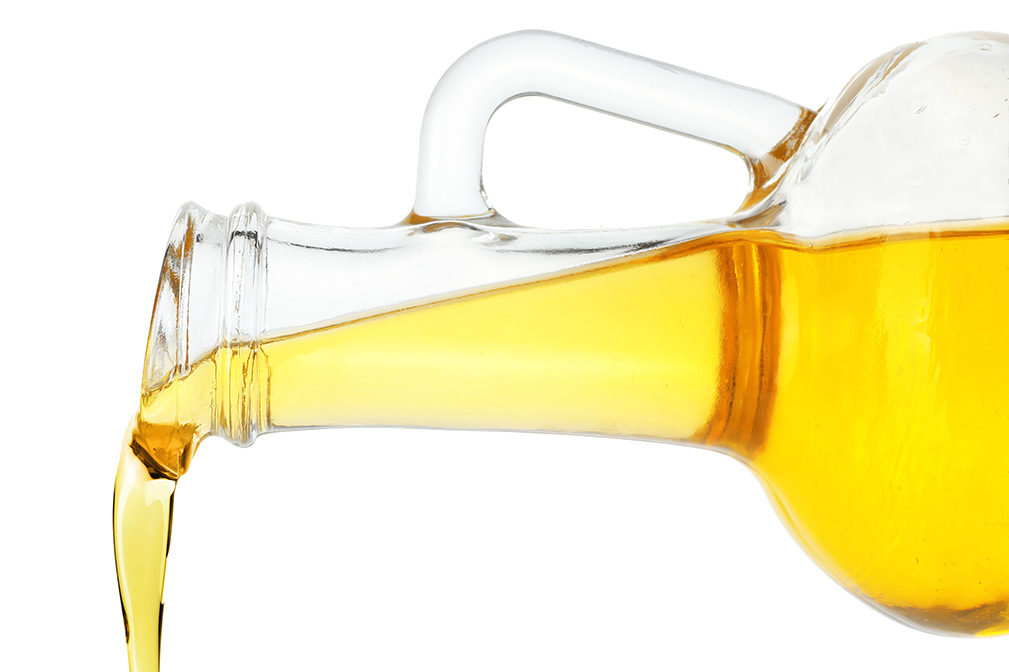Canola Oil Processing

Q. Where does canola go when it leaves the farm?
A. Approximately half of the canola that is harvested is transported to the nearest processor where it is crushed for oil. Processing plants are located close to where canola is grown. Seed delivered to a processing plant is graded according to a strict grading standard established and maintained by the Canadian Grain Commission. Payment to the farmer is based on grade. The graded seed is then cleaned to remove plant stems, weed seeds, pods and other materials that may be picked up during harvesting. Processing canola involves heating and crushing the seeds to release the oil. Once the oil is extracted, it is processed according to end product requirements. The canola meal that is left after the oil is removed is processed into pellets or mash. The United States is the largest importer of canola oil and meal from Canada. Canola meal is also exported to China, Vietnam, Thailand, and Mexico.
The remaining half of the canola seed harvested is directly exported to countries such as China, Japan, and Mexico for processing by local crushers in their own facilities.
Q. How is canola oil extracted?
A. The first stage in processing canola is to roll or flake the seed. This ruptures the cells and makes the oil easier to extract. Next the flaked or rolled seeds are pressed which removes some of the oil and compresses the seeds into large chunks called the press-cake. The oil collected through this mechanical stage is marketed as expeller-pressed oil. The price of expeller-pressed oil is higher because of the lower amount of oil that is obtained from the seed processed by mechanical pressing only.
To remove the remaining oil, the press-cake goes through a solvent extractor under controlled conditions. The solvent is removed and recycled.
Q. What is cold pressed oil?
A. Cold-pressing is a method in which the temperature is controlled to below 100 degrees F during the pressing process. Its color, taste, and odor are much more pronounced than those of refined oils.
Q. What are some other uses of canola oil and canola products?
A. Canola oil is recognized for its nutritional qualities. It contains the lowest level of saturated fat of the common cooking oils, is high in monounsaturated fat and contains essential polyunsaturated fats. Besides being used in cooking oil and sprays, salad dressings, and margarines, canola oil is used in many foods produced by the food and restaurant industries. Canola oil is also utilized in inedible products such as biodiesel, cosmetics, printing inks, suntan oils, oiled fabrics, plasticizers, plastic wraps, pesticides and industrial lubricants. Canola meal is used as high protein feed for livestock, poultry and pets. There is also interest in using canola protein for human consumption.
